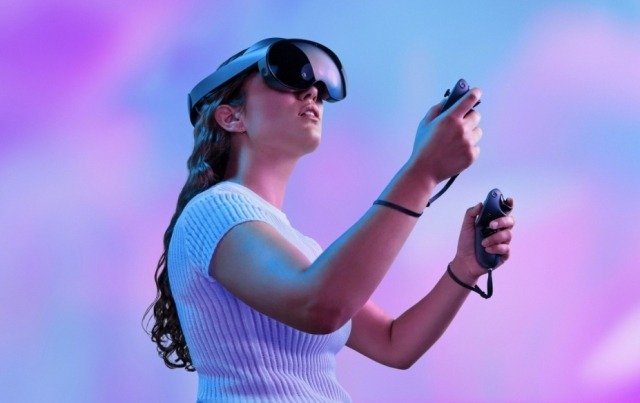In 2025, AR / VR headset shipments are expected to decline by 12 percent, primarily due to delayed launches from key players despite the introduction of newer hardware, IDC report said.

This marks a reversal from 2024, when global shipments of AR / VR headsets grew by 10 percent, driven by multiple new product launches and market entrants.
In contrast, 2026 is projected to see a strong rebound in the AR / VR headset industry with an 87 percent growth rate, surpassing the pandemic peak of 11.2 million units in 2021.
Between 2025 and 2029, the AR/VR market is expected to achieve a 38.6 percent CAGR. The market remains driven by increasing opportunities for both consumer and commercial use, with mixed reality (MR) catering to both segments by blending immersive virtual experiences with digital overlays on the real world.
Extended reality (ER) has gained traction in gaming and multimedia consumption but has potential for business applications as well, Ramon T. Llamas, research director with IDC’s XR Hardware and Interactive 3D Software team, said.
2024
In 2024, Meta has maintained dominance with a 74.6 percent market share, followed by Apple (5.2 percent), Sony (4.3 percent), ByteDance (4.1 percent), and XREAL (3.3 percent). Among these, only Meta and XREAL saw year-over-year growth, attributed to new products and gaming-focused use cases. Premium solutions from both companies also increased average selling prices (ASPs).
The holiday quarter and strong consumer demand for new mixed reality headsets, including Apple’s launch and Meta’s Quest 3 (and later Quest 3S), contributed to overall market growth. Pico 4 also played a role in driving commercial adoption, with developers eager to build mixed reality applications for Meta and Apple devices, while large-scale deployments favored Pico and Quest. Meta’s expansion into education fueled 69.4 percent growth in that segment, leading to an overall 14.9 percent increase in commercial shipments.
Looking ahead to 2025, more display-equipped smart glasses and AI-powered multimodal devices are anticipated, alongside the debut of Android XR hardware, Jitesh Ubrani, research manager, Worldwide Mobile Device Trackers at IDC, said. The introduction of Android XR hardware is likely to lead to platform rivalries among the key players: Meta, Apple, Google, and other players.
While 2024 was a strong year for hardware innovation with new headsets from major brands and smaller companies like Even Realities and RayNeo focusing on consumer-friendly smart glasses, the coming year presents challenges with shipment declines before a predicted resurgence in 2026, IDC said.
Baburajan Kizhakedath
